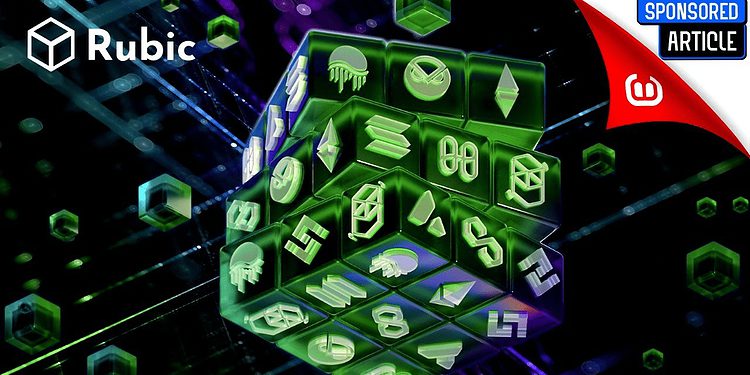In 2021, cross-chain solutions have become very popular in the realm of growing blockchain ecosystems and new DeFi services. Due to the rise of yield farming, staking, airdrops, and NFT trading, crypto users are craving fast and inexpensive cross-chain solutions. Moreover, most users have started to no longer rely on centralized intermediaries – like exchanges and custodians – to transfer value between blockchains; turning to decentralized solutions instead. That’s why it’s not surprising that cross-chain solutions have grown at an unprecedented rate during 2021.
If you are looking for a cross-chain solution to transfer your value between blockchains and assets, then let’s analyze what we do have on the crypto market now. So, let us take a look at the cross-chain solutions on everybody’s A-list: Allbridge, deBridge, OpenOcean, Rubic, Symbiosis, and 1inch.
Five trends found by the comparison of cross-chain solutions on the market
1. From standalone applications to cross-chain platforms
Analyzing the development history of cross-chain projects, we can define an interesting trend. If in 2020 there was a great demand for stand-alone bridges, cross-chain solutions have now become much more popular. These cross-chain solutions integrate lots of DEXs, and can help in swapping numerous assets. Based on the table’s results, we see that three projects are leading in the number of integrated blockchains: Allbridge, OpenOcean, and Rubic.
2. Cross-chain swaps become more affordable
The current trend of cross-chain projects is lower fees, making cross-chain swaps more affordable. This trend clearly shows the maturing of the cross-chain industry as more projects go to the market and the technology becomes even more popular. The best examples from the table are 1inch and OpenOcean.
3. Routing solutions are the killer feature now
One more milestone for cross-chain projects is the emergence of routing solutions. Modern cross-chain projects have integrated numerous DEXs into their ecosystems. So, the most sophisticated projects developed solutions to automatically choose between them for better price rates. Based on the table’s results, we see that three projects developed their unique solutions for the routing process: 1inch, Rubic, and Symbiosis.
4. Referral programs are still effective
One more takeaway from the analysis is that referral programs are still working well. Modern referral programs provide special, favorable terms; not only for promoters but also for integrators. A great example here is Rubic’s referral program, where projects who have integrated the widget through the referral link will receive 30% of the fees from each on-chain transaction.
5. An SDK as a ready-made integration and B2B solution
Due to the release of a cross-chain SDK, crypto projects will have the opportunity to easily gain cross-chain operability without going through the process of integrating various blockchains, DEXs, or working with their protocols. The faster that high-quality projects release their SDK, the more market share they’ll get. Based on the table’s results, we see that only Rubic has their own SDK white-label solution.
As they say, the devil is in the details…
The question of cross-chain solutions became crucial due to the rise of Ethereum-challengers. Moreover, the whole of the crypto market is craving a scalable, decentralized, and widely-integrated protocol that moves value and data between blockchains – without relying on any third parties.
We believe that cross-chain projects are the modern crypto market trend. Due to this analysis, we defined five main features of this nascent trend. Ultimately, it’s pretty clear that a cross-chain world isn’t just the future — it’s the present.








